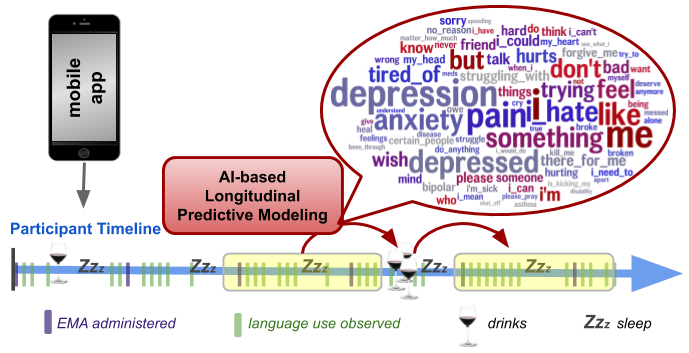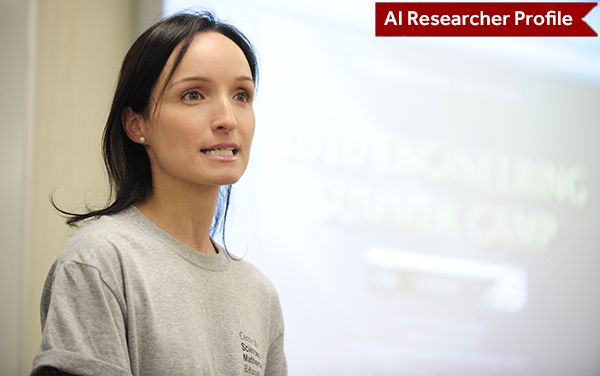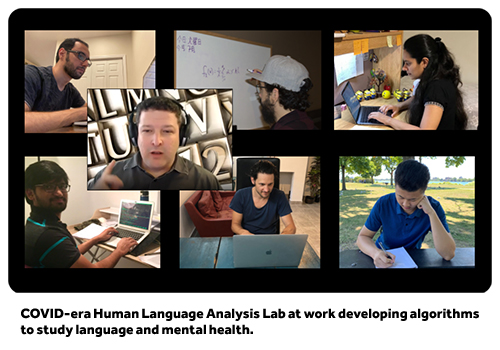AI Institute Faculty Member Receives $2.5 Million NIH Award for Unique Study
 A unique data scientific approach to study and predict excessive drinking using social media and mobile-phone data has won Andrew Schwartz, Institute for AI-Driven Discovery and Innovation faculty member and assistant professor in the De
A unique data scientific approach to study and predict excessive drinking using social media and mobile-phone data has won Andrew Schwartz, Institute for AI-Driven Discovery and Innovation faculty member and assistant professor in the De
spotlightimage

Spotlight Link
Electrical and Computer Engineering Professor Talks About the Tools at the Center of AI Applications
The emerging application of artificial intelligence (AI) to a diverse range of fields has positioned it as a valuable research tool. Stony Brook’s Institute for AI-Driven Discovery and Innovation hosts faculty from a wide variety of disciplines who are advancing machine learning research.
Materials Science and Chemical Engineering Professor shares how AI Supports Research
 The emerging application of artificial intelligence (AI) to a diverse range of fields has positioned it as a valuable research tool. Stony Brook’s AI Institute contains affiliate faculty from a wide variety of disciplines who are using machine learning to advance their research.
The emerging application of artificial intelligence (AI) to a diverse range of fields has positioned it as a valuable research tool. Stony Brook’s AI Institute contains affiliate faculty from a wide variety of disciplines who are using machine learning to advance their research.







